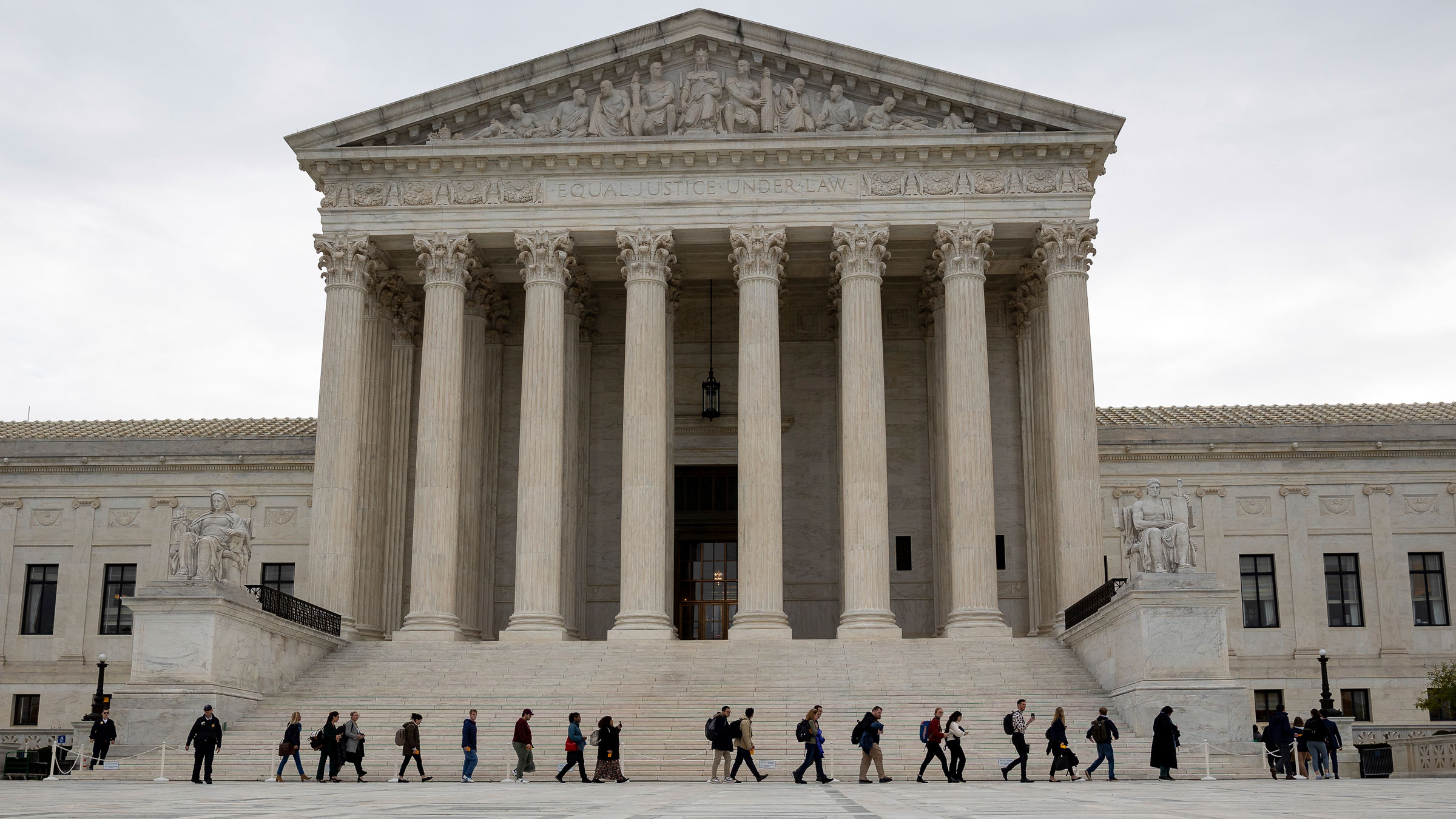
Oral arguments in the first affirmative action case before the Supreme Court on Monday concluded in about 2 hours and 45 minutes. Here are the key takeaways so far:
Conservatives say affirmative action defenders fail to articulate end point
The court’s conservatives have expressed dissatisfaction with the lack of clarity on the need for when affirmative action will end. Multiple judges have asked North Carolina Deputy Attorney General Ryan Parker, who is defending UNC’s admissions program, to detail how to measure whether a school is achieving diversity goals that make affirmative action unnecessary.
“I don’t understand how you can say the program is going to end forever,” Chief Justice John Roberts said in a heap that included Justices Samuel Alito and Amy Coney Barrett. “Your position is that race matters because it’s necessary for diversity, and that’s necessary for the kind of education you want. It doesn’t stop being important at a certain point, you always look at Look at race, because you say race is important to give us the necessary diversity.”
Justice Brett Kavanaugh said courts would have a hard time asking them to review affirmative action again in 10 years, “if you don’t have something measurable” to show whether diversity goals have been achieved.
Thomas questions educational benefits of racial diversity
Justice Clarence Thomas asked all three attorneys who supported UNC’s affirmative action plan — Parker, U.S. Attorney General Elizabeth Preloga, and David Hinojosa, who represented UNC students in defending the plan — Explain how ethnic diversity benefits the educational experience students receive.
“When it comes to all the other things that happen on campus, about feeling good and so on, I can probably turn a deaf ear,” Thomas told Hinojosa. “I’m really interested in one simple thing. . . your definition or What are the academic benefits of the diversity you advocate?”
When he posed the question to Parker, Thomas implied that Parker’s answer reminded him of the pro-segregation arguments he had heard.
Jackson says not considering race raises its own constitutional issues
Judge Ketanji Brown Jackson warned that barring universities from considering race could violate the Constitution’s equal protection protections for students of racial background that cannot be offered on applications.
“I heard a process where there was a form telling us yourself that people can put all kinds of things. I’m Catholic, I’m from Los Angeles, I’m Latino, whatever,” she said. “But now we — we’re embracing a rule where some people can say what they want, about who they are, and have those values in the system. But others won’t be able to. Because They can’t reveal that they’re Latino or African American or whatever. I’m concerned that this creates inequity in the system.”
Sotomayor points out how states that ban affirmative action are fair
Judge Sonia Sotomayor has repeatedly returned statistics from schools in states that prohibit affirmative action.
At one point, she raised these trends to stop conservatives from citing the Supreme Court’s 2003 ruling that approved the 25-year timeline for the use of race in admissions to make affirmative action programs unnecessary.
“Even your opponent says he doesn’t think 25 years is a fixed term. That’s an expectation,” Sotomayor told Parker. “As far as we know, we have nine states that have tried, and as I mentioned before, in every state, whites have, and white enrollments have either stayed the same or have increased. Clearly, in some The number of underrepresented groups in institutions has plummeted, right?”